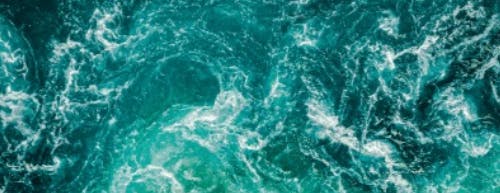Does your mom’s advice hold up?
When we asked our migraine community about what Mom taught them about migraine care, a lot of the motherly advice included using a cool cloth or ice pack during migraine attacks to help soothe the pain.
So that got us thinking: Why does a cooling agent feel good for some migraine sufferers? Here’s a look at what the research says on using ice packs for migraines.
“Cold Therapy” Is a Common Measure
… and an old one: Cold therapy as a migraine relief measure was first documented as early as 1849.1
Today, even go-to sources for migraine advice such as the National Headache Foundation and the Mayo Clinic include cold compresses and ice packs among their recommendations to ease migraine symptoms.
In fact cold therapy has been cited as the most common self-administered pain-relief measure used by those suffering from migraine without aura and the second most common measure applied by those experiencing migraine with aura.2
However, there are few clinical studies on the use of cold therapy in migraine, and exactly how cold works to ease a migraine remains poorly understood. Further, cold therapy may not be effective for all migraines or in all individuals.3
One clinical study of 100 migraine sufferers showed that 75% found that cold therapy provided them with at least some relief, but of course more studies are needed.









